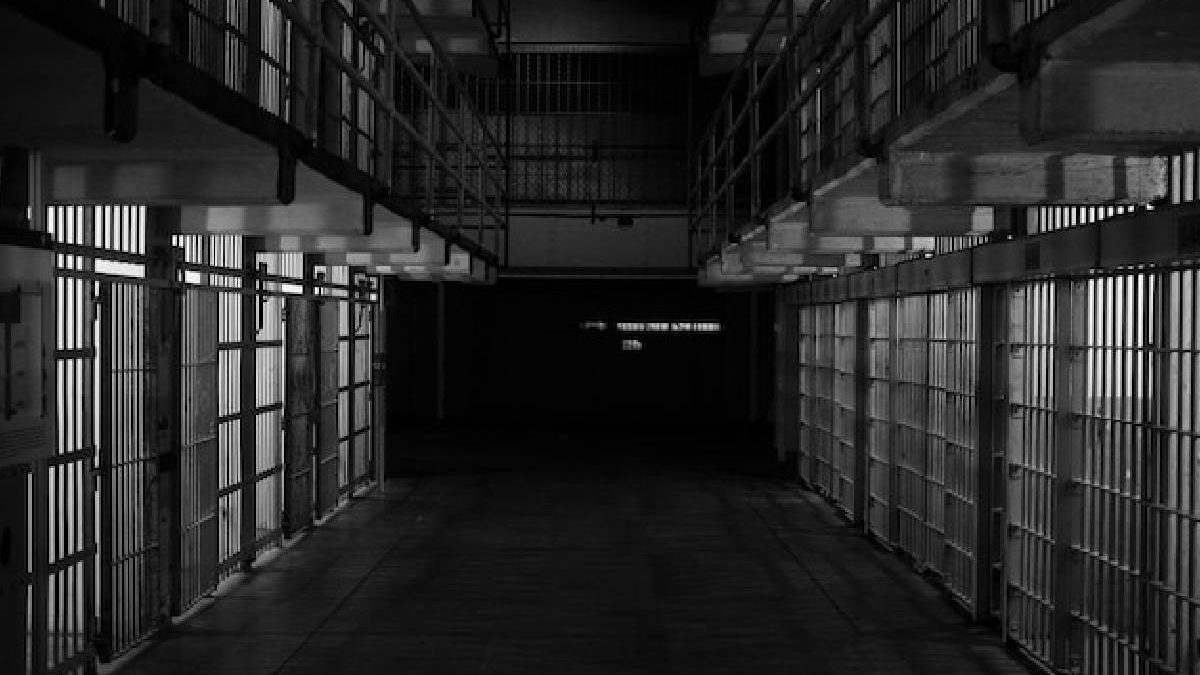Transforming Correctional Facility Management: The Impact of Technology – In recent years, the integration of technology has emerged as a game-changer in various industries. Similarly, the adoption of innovative technological solutions is revolutionizing the landscape of correctional facility management.
From bolstering security measures to enhancing administrative efficiency and facilitating inmate rehabilitation, technology is playing a pivotal role in reshaping correctional facilities.
This article seeks to explore the ways technology is advancing correctional facility management and the tangible benefits it offers.
Table of Contents
Enhanced Security Measures
Technology has become a cornerstone in bolstering security measures within correctional facilities.
CBS News highlighted that data collected from 26 states revealed a staggering number. Over the past five years, there have been more than 1,100 documented instances of escapes from law enforcement custody. This underscores the critical need for robust security systems.
Advanced surveillance systems, equipped with high-definition cameras and intelligent analytics, are pivotal in this regard. These systems not only offer real-time monitoring capabilities but also excel in early threat detection, swiftly identifying potential security breaches.
Furthermore, the integration of biometric identification system has led to a transformation in access control measures within these facilities. This advancement significantly reduces the risk of unauthorized entry and elevates the overall security standards.
Streamlined Administrative Processes
The correctional systems in the United States collectively house nearly 2 million individuals. These individuals are spread across an extensive network comprising 1,566 state prisons, 98 federal prisons, 3,116 local jails, and 1,323 juvenile correctional facilities.
Notably, there has been a staggering 500% increase in the incarcerated population over the past four decades.
This substantial growth isn’t primarily attributed to rising crime rates but rather to shifts in sentencing laws and policies. Consequently, these trends have led to severe prison overcrowding and considerable financial strain on state budgets.
The management of such a vast inmate population presents significant challenges. However, technology has emerged as a crucial tool in alleviating some of these difficulties by streamlining administrative tasks within correctional facilities.
Correctional facility management software has proven instrumental in handling inmate data comprehensively. This software manages a wide range of information, including personal records, medical histories, behavioral patterns, and rehabilitation progress.
Automating these processes reduces the burden on administrators. According to JailCore, it significantly improves the accuracy and accessibility of information, ultimately facilitating more efficient and effective operations within correctional facilities.
Inmate Rehabilitation and Education
The integration of technology within correctional facilities has created new pathways for inmate rehabilitation and education. Through e-learning platforms and educational software, inmates gain access to diverse educational resources, vocational training programs, and skill development courses.
These initiatives not only foster intellectual growth but also equip inmates with essential skills for successful reintegration into society upon their release.
Furthermore, the RAND Corporation found that inmates participating in correctional education programs show a 43 percent lower likelihood of recidivism.
This results in a noteworthy 13-percentage-point decrease in the risk of returning to criminal behavior after release. It emphasizes how these educational interventions effectively reduce recidivism rates and aid in successful reentry into the community.
Telemedicine and Healthcare Services
The integration of technology, particularly telemedicine, has significantly enhanced healthcare services within correctional facilities. Telemedicine allows healthcare professionals to conduct remote medical consultations, enabling the assessment and diagnosis of inmates without requiring physical presence.
This advancement has proven crucial, particularly in situations where access to specialized healthcare providers is limited.
A study conducted by JAMA Network focused on assessing a telemedicine program for specialty care in North Carolina’s correctional facilities. The results showed that 94.0% of patients expressed satisfaction with their overall experience with telemedicine.
Additionally, electronic health records complement these technological advancements by ensuring precise and up-to-date medical histories, thereby optimizing healthcare delivery within the facility.
Challenges and Future Considerations
Despite the numerous benefits, the implementation of technology in correctional facilities is not without challenges. Issues such as initial costs, infrastructure compatibility, cybersecurity threats, and staff training require careful consideration.
Addressing these challenges involves strategic planning, adequate investment, comprehensive staff training programs, and collaborations with technology providers to develop tailored solutions for correctional settings.
Looking ahead, the evolution of technology continues to offer promising opportunities for correctional facility management. Advancements in artificial intelligence, data analytics, and virtual reality offer exciting opportunities for enhancing security measures and inmate rehabilitation programs within correctional facilities. These technological advancements also promise to improve administrative efficiency within these institutions.
Conclusion
Transforming Correctional Facility Management: The Impact of Technology – In conclusion, technology stands as a catalyst for transforming correctional facility management by enhancing security, streamlining administrative processes, facilitating inmate rehabilitation, and improving healthcare services.
With the ongoing adoption of technological advancements, correctional facilities are progressing toward establishing safer, more efficient, and rehabilitative environments. These advancements aim to ensure security as well as foster the successful reintegration of individuals into society.
Embracing technology in correctional facility management is not merely an option but a necessity in advancing toward safer and more humane incarceration practices.

